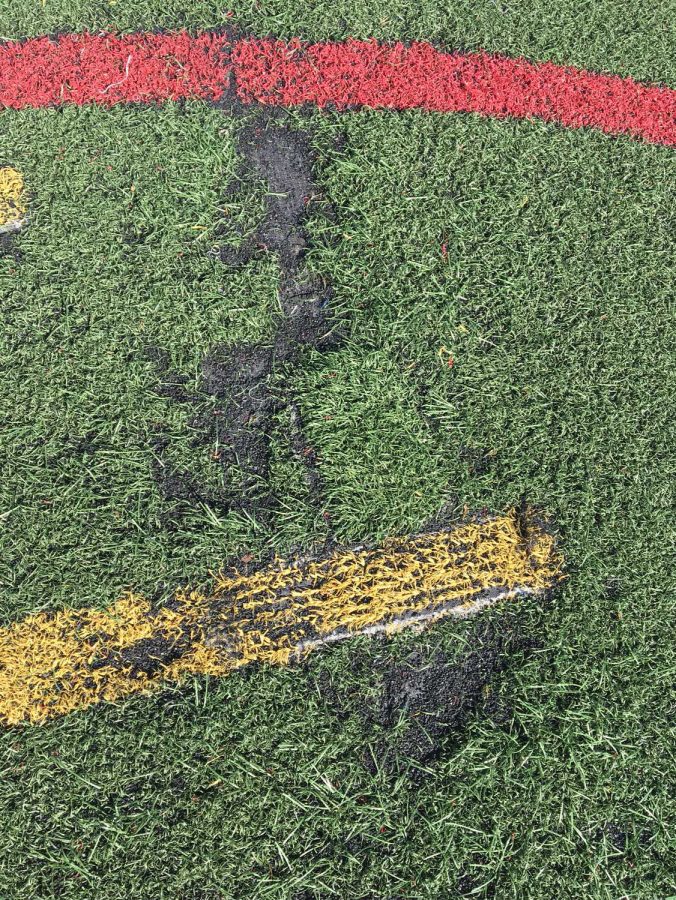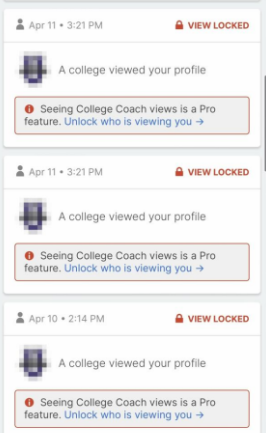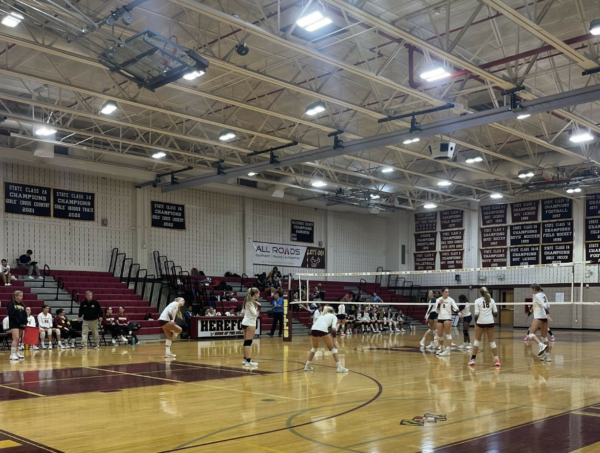Increases in turf burn leads to infection
The turf has multiple divots, rips, and holes. This exposes athletes to harmful infections and diseases.
October 23, 2017
There are multiple new rules in these upcoming and past seasons added to the National Federation of State High School Associations that athletes feel are very unnecessary, have no effect, don’t make sense, don’t relate to the sport and do not impact the play of the game.
Rule 6-5-2 on the NHSH states that a lacrosse players failure to wear the required mouth piece (unless is comes out during play) is now a technical foul. Midfielder Jack Drury (’18) was mentioned in the US Lacrosse magazine for “fish hooking” his mouth guard which is now an automatic foul due to this rule. “It should maybe be a warning but not an automatic foul” Drury said. “The players don’t even realize they are fish hooking their mouth guard, it’s just a habit and sometimes it’s easier to talk to my teammates when it’s not fully in our mouths.”
Another new lacrosse rule from NHSH that came into play last season was rule 2: section 17. It states eye black must be one solid stroke with no logos/numbers/letters and shall not extend further than the width of the eye socket or below the cheekbone. “I don’t see why it’s a rule at all” Attackman Jake Furman (’20) said. Eye black is something fun to do before games to help look intimidating. This is just a fun tradition sports teams participate in to show school spirit. “It’s not going to change the game and won’t affect the officials calls” Attacker Katie Martino (’20) said.
In girls soccer this season NHSH added rule 4-2-9 stating a soft padded headband is permitted but must be smooth all around. This there cannot be a tie in the back of your head when you tie you’re your headband which is a very popular style to wear. “I only own headbands that tie in the back, the ones that don’t tie never stay on my head and are super uncomfortable” Sydney Watts (’19) said.
Watts always wears headbands during the games and doesn’t want to go out and buy new ones because she doesn’t like the non-tying ones anyway. Watts also feels “this shouldn’t be a rule because a piece of cloth is not going to affect you or injure you if you get hit in the back of the head.”
Emily Francis (’19) runs cross country and Rule 4-3-3, 9-6-3 on the NFSH states the prohibition of wearing jewelry has been removed from the rules for track and field and cross country competition. However some elite track and cross country meets still prohibit jewelry even though the rule has been changed.
In Gettysburg last year a few minutes before the race an official announced that jewelry was not permitted. “I understood to a degree but had a nose ring so was annoyed because it’s not like soccer or lacrosse where I have a chance of getting hit in the face” Emily Francis (’19) said. Her nose piercing closed up only after a few hours of having it out and she went to get it re-pierced a few days later.
A few months later in New York at a track meet she was getting on the line to start her race and yet again another official told her jewelry was prohibited. She gave up her nose piercing until she ends her athletic career. The prohibition of jewelry is not necessary in track and field and cross country and presents little risk of injury to either the competitor or opponents.





























